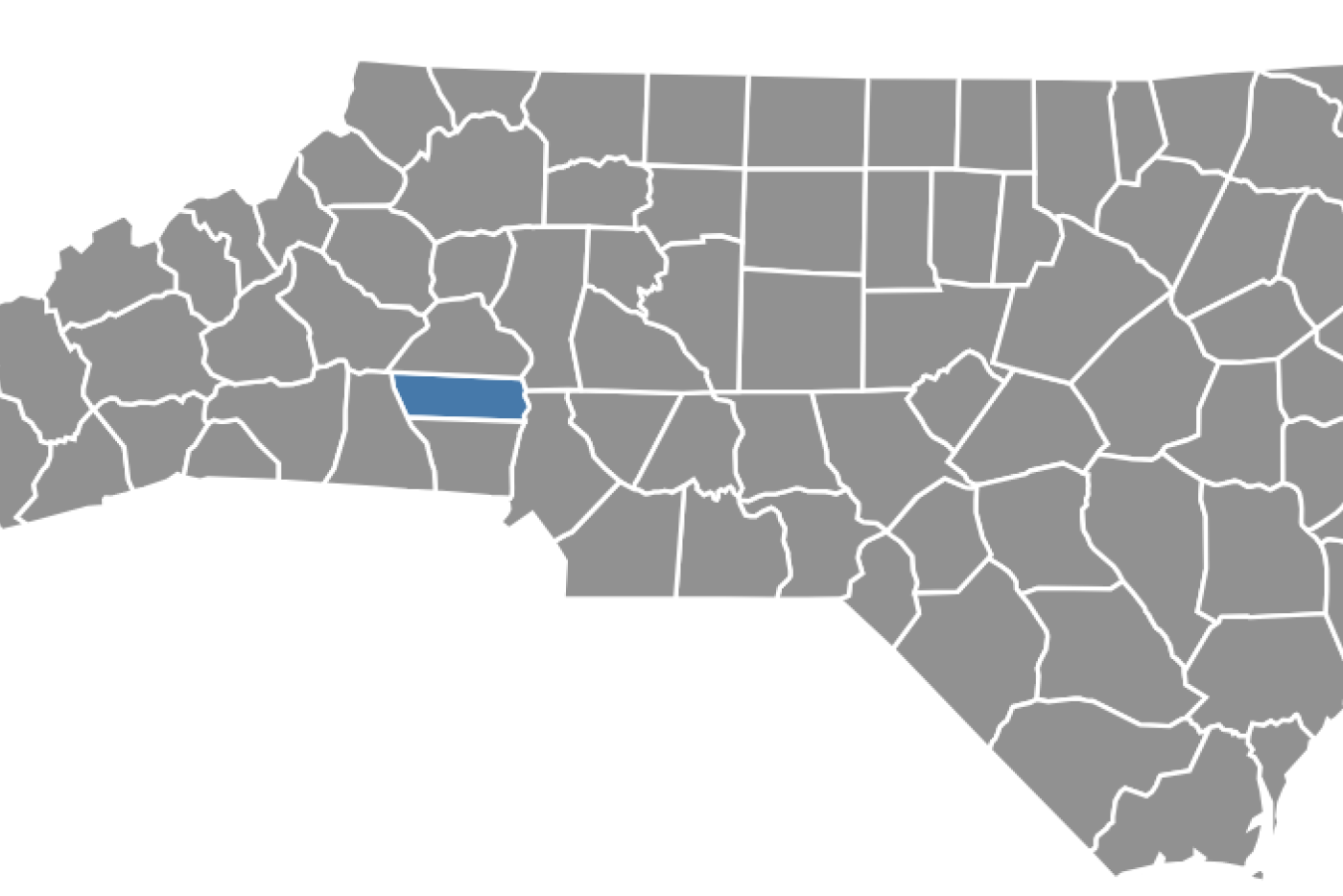Author: Andrew Duppstadt, DNCR
This article is scheduled to appear in Recall, the magazine of the North Carolina Military Historical Society, and is published here with permission.
North Carolina formed Lincoln County in 1779 from the abolished Tryon County in the southwestern part of the state. The county, named after General Benjamin Lincoln, honors a distinguished Revolutionary War officer appointed by General George Washington to receive the sword of British General Charles Cornwallis at the latter’s surrender at Yorktown, Virginia October 19, 1781. The county is bounded by Mecklenburg, Gaston, Cleveland, Catawba, and Iredell counties.
Born in 1733 into a wealthy Massachusetts family, Benjamin Lincoln followed his prominent father into farming, militia service, and politics. After serving in the militia for over twenty years, he entered the Continental Army and eventually achieved the rank of Major General. He was involved in several major campaigns in Massachusetts and New York before heading to the southern theater of the war, where he participated in the sieges of Savannah and Charleston, and the Yorktown Campaign. Following the war, Lincoln was the first United States Secretary of War from 1781 to 1783. He was elected a Fellow of the American Academy of Arts and Sciences and was a member of the Society of the Cincinnati. In 1787, he helped put down an insurrection in western Massachusetts commonly known as Shay’s Rebellion, leading a 3,000 man privately funded militia. In 1789, he received electoral votes in the first Presidential election and served a term as Lieutenant Governor of Massachusetts. Lincoln died in 1810.
Today, Lincoln County has a population of just over 95,000, and the county seat of Lincolnton, population approximately 11,000, is also named for the general. The county witnessed some action during the American Revolution as the Battle of Ramsour’s Mill took place there the year after the county’s founding. The Catawba River and Lake Norman are the most prominent natural features in the county. Historically, the county had a thriving textile economy. Today, given the county’s proximity to Charlotte, much of its economic activity is tied to the Charlotte-Mecklenburg metropolitan area.
For more information and to learn more, visit: https://www.ncmilitaryhistoricalsociety.org

